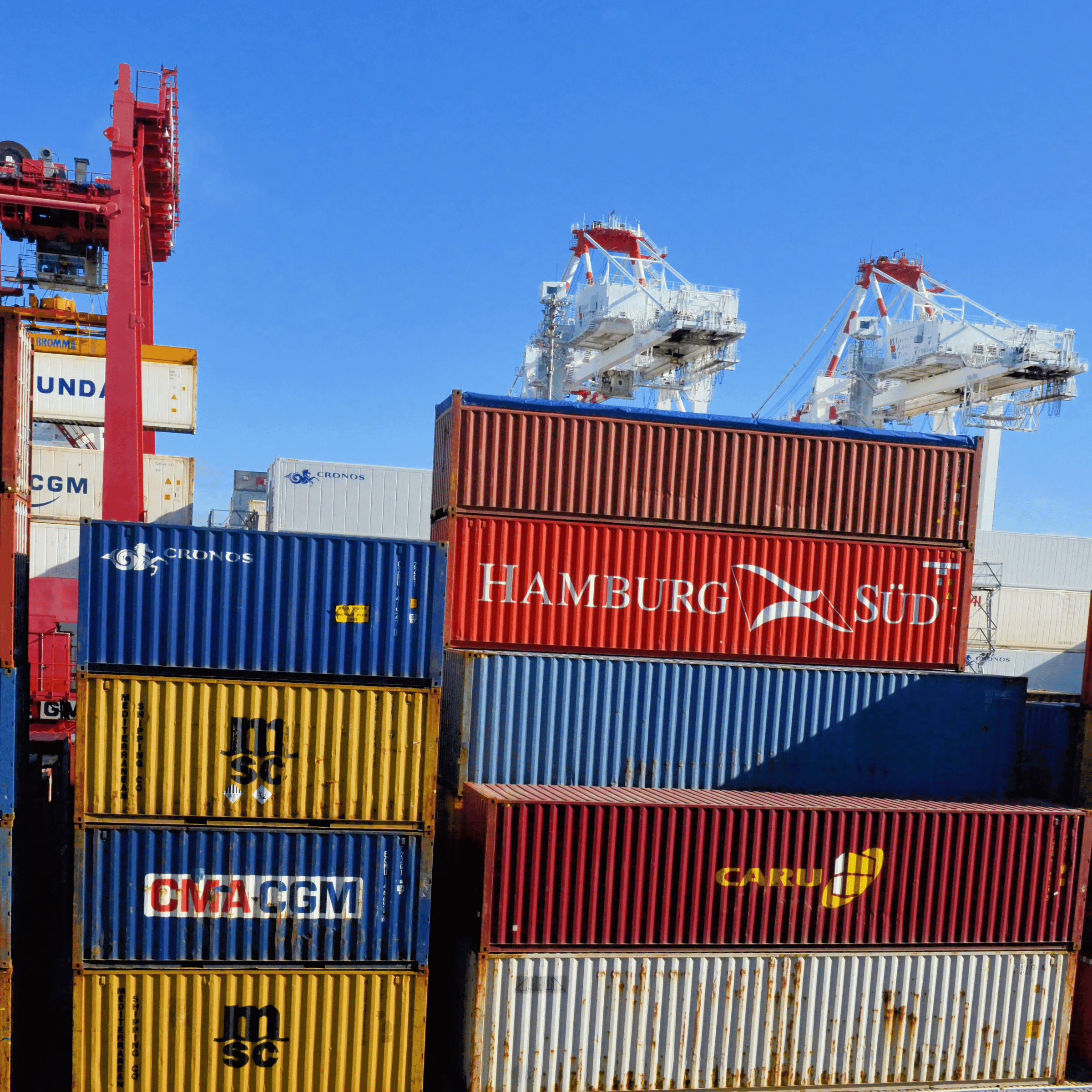Introduction
The global logistics and freight industry is undergoing rapid transformation, fueled by technological advancement, globalization, and the growing complexity of supply chain operations. Despite these changes, the industry is grappling with a significant skills gap that threatens to impede growth and efficiency. The skills gap in the freight industry refers to the disconnect between the skills and expertise that employers require and the capabilities of the existing and emerging workforce. This article provides a comprehensive insight into the skills gap in the freight industry and examines the various approaches and initiatives being undertaken to train the next generation of freight professionals.
Understanding the Skills Gap in the Freight Industry
The skills gap in the freight industry is multifaceted, encompassing both hard skills such as technological proficiency and soft skills such as leadership and communication. The increasing automation and digitalization of freight operations require professionals to possess advanced technical skills, including proficiency in freight management software, data analytics, and cybersecurity. The global nature of the industry also demands a workforce adept in intercultural communication, strategic thinking, and problem-solving.
Challenges
Technological Advancements: Rapid technological changes have outpaced the ability of the workforce to adapt, creating a significant gap.
Changing Regulatory Environment: A continually evolving regulatory landscape requires industry professionals to stay abreast of the latest compliance standards.
Globalization: As the industry becomes more globalized, professionals must navigate the complexities of international trade, including customs, tariffs, and foreign exchange.
Bridging the Gap: Training and Development Initiatives
Educational Institutions
Academic Programs: Universities and colleges are offering specialized logistics and supply chain management programs designed to equip students with the necessary technical and strategic skills.
Collaboration with Industry: Educational institutions are partnering with industry stakeholders to develop curricula that reflect the real-world demands of the freight industry.
Industry-Led Training
Professional Development Programs: Organizations are investing in continuous learning and development programs to upskill their workforce.
Technology Training: Focused training initiatives are helping employees enhance their technological literacy and proficiency in using advanced logistics tools.
Mentorship and Leadership Training: Mentorship programs and leadership training are being used to cultivate soft skills and organizational knowledge.
Apprenticeship and On-the-Job Training
Hands-On Experience: Apprenticeship programs offer practical, hands-on experience while allowing participants to earn industry-recognized credentials.
Customized Training: On-the-job training programs can be tailored to address the specific needs and challenges of individual organizations.
Case Studies
Technology Integration:
Several freight companies have launched initiatives to train their workforce in emerging technologies such as blockchain, Internet of Things (IoT), and Artificial Intelligence (AI), ensuring their employees are well-versed in the tools and technologies that are reshaping the industry.
Partnerships with Educational Institutions:
Collaborations with universities are helping to ensure that academic curricula are aligned with industry needs, providing students with the skills and knowledge needed to hit the ground running upon graduation.
Conclusion
Bridging the skills gap in the freight industry is a multifaceted endeavor requiring the concerted effort of educational institutions, industry stakeholders, and policy-makers. By investing in comprehensive training and development initiatives, fostering collaboration between academia and industry, and focusing on both technical and soft skills development, the freight industry can ensure a skilled, adept workforce ready to meet the challenges and opportunities of the 21st-century freight landscape.
While the journey to bridging the skills gap is ongoing, the initiatives and approaches outlined above provide a robust framework for training the next generation of freight professionals, ensuring the sustainable growth and competitiveness of the industry in the global marketplace.






